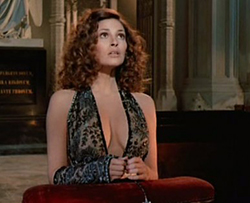
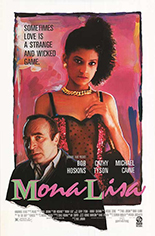 When I was a kid living in small-town Blooming Grove, Texas, my father would get two papers everyday: The Dallas Morning News and the Dallas Times Herald. While he was usually concerned with the news part of the paper, he always pulled aside the entertainment section for me, offering a two-color invite to a world of movies I thought I would never experience.
When I was a kid living in small-town Blooming Grove, Texas, my father would get two papers everyday: The Dallas Morning News and the Dallas Times Herald. While he was usually concerned with the news part of the paper, he always pulled aside the entertainment section for me, offering a two-color invite to a world of movies I thought I would never experience.
Obsessed with the advertisements, I was intrigued by a Dallas theater known as the Inwood. Even though it was the exact definition of an arthouse theater, their ads always had a “no one under 17 allowed” line on each, making its films feel like something that would always be beyond my reach, with Mona Lisa being one I vividly remember.
Directed by Neil Jordan, this HandMade Film (produced by Beatle George Harrison!) was, I thought, a love story between a prostitute and her driver. Like many films from my youth, I had an absolutely dreamy version of it playing in my head; in reality, it’s a dank and dirty story of a recently released from prison Bob Hoskins and his unknowing entry into the world of realistic prostitutes and their pimps.
I can see why they wanted no one under 17 to view the film.
Playing the criminal opposite of his ganglord in The Long Good Friday, here Hoskins is the dull-witted George, an emotionally vulnerable criminal who is used, pathetically, by mob boss Denny (an outstanding Michael Caine). Needing a job, George becomes a driver to Simone (Cathy Tyson), a high-class call girl who, in their time together, he falls for.
She, however, needs his help to find her smack-addicted girlfriend. Even though he’s in love with Simone, he helps her find her; it leads to a bloody shootout at the beautiful British oceanside, both literally and — in the course of his explosive feelings for her — figuratively.
Masterfully filmed by Jordan, this film — much like Friday — cemented Hoskins as the British go-to guy for slovenly criminals in an absolutely career-defining performance that I feel I would have totally understood at the tender age of 8 or 9 — and one that I absolutely understand get at 43, perhaps more than I should. —Louis Fowler

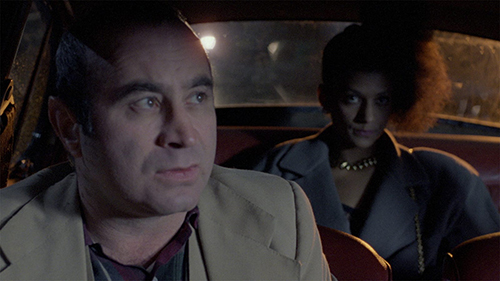

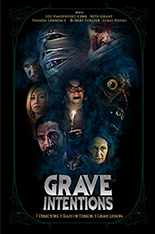 Courtesy of Death Cat Entertainment, the horror anthology Grave Intentions presents a quintet of tales hosted by voodoo retailer Magical Madam Josephine (Joy Vandervort-Cobb). Before each, she spotlights a relevant product in her shop, including charm pouches, voodoo dolls, crystals, talismans and even a candelabra prestuck with a Rainbow Coalition of candles. Josephine addresses the viewer with lines like, “Most believe bravery is a good t’ing,” “Oh, I pray this customer uses puppet magic wisely” and “Are you the hero … or the villain?”
Courtesy of Death Cat Entertainment, the horror anthology Grave Intentions presents a quintet of tales hosted by voodoo retailer Magical Madam Josephine (Joy Vandervort-Cobb). Before each, she spotlights a relevant product in her shop, including charm pouches, voodoo dolls, crystals, talismans and even a candelabra prestuck with a Rainbow Coalition of candles. Josephine addresses the viewer with lines like, “Most believe bravery is a good t’ing,” “Oh, I pray this customer uses puppet magic wisely” and “Are you the hero … or the villain?” 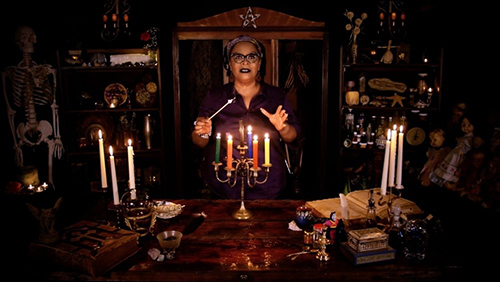

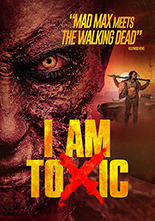
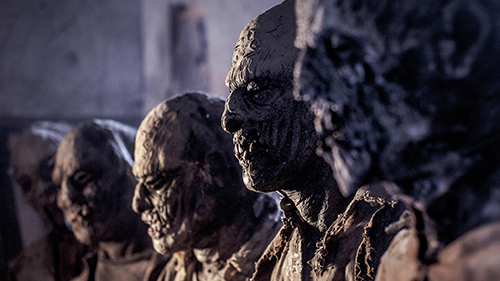

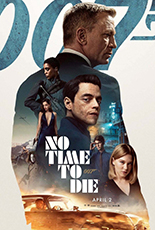 In the opening moments of No Time to Die, Daniel Craig’s fifth and final time as James Bond, the iconic spy visits the grave of Vesper Lynd, the woman who died for his love. Because Eva Green’s Vesper had a hand in 2006’s
In the opening moments of No Time to Die, Daniel Craig’s fifth and final time as James Bond, the iconic spy visits the grave of Vesper Lynd, the woman who died for his love. Because Eva Green’s Vesper had a hand in 2006’s 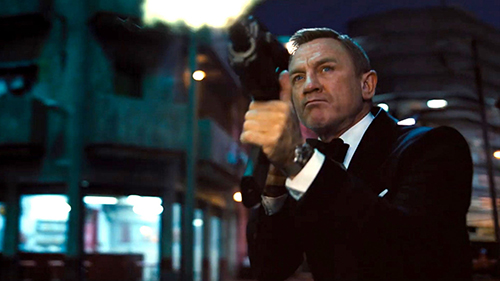
 While much hype surrounds No Time to Die being not only Craig’s last time in the tux, but the 25th official film in the series, I’ve seen no writing on the wall regarding its stature as the franchise’s longest entry, at an eon of 163 minutes. Truth be told, its machinations run a level or two too complex than necessary.
While much hype surrounds No Time to Die being not only Craig’s last time in the tux, but the 25th official film in the series, I’ve seen no writing on the wall regarding its stature as the franchise’s longest entry, at an eon of 163 minutes. Truth be told, its machinations run a level or two too complex than necessary.

